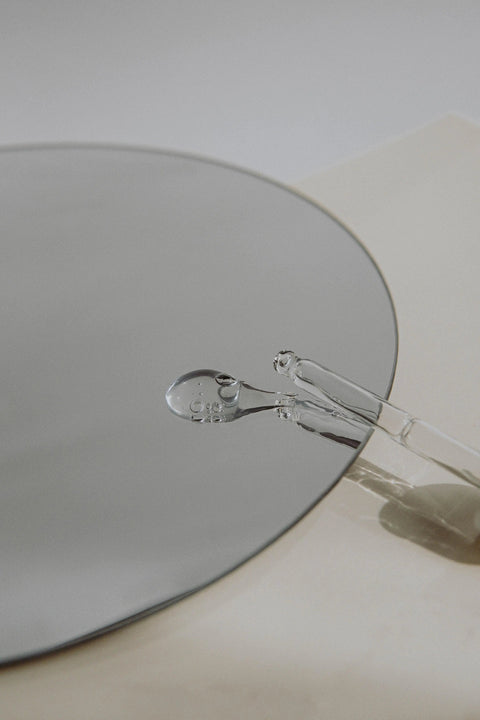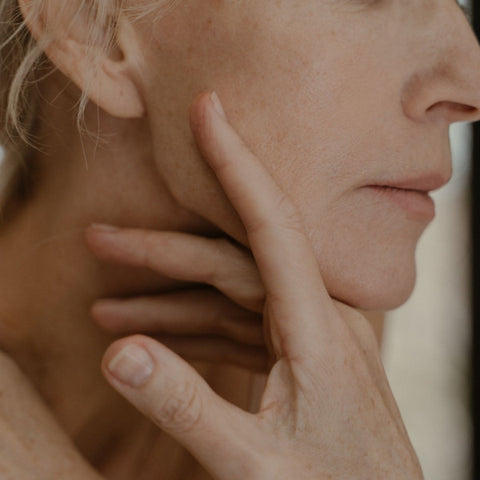What Does Retinol Do? Do's and Don'ts of Using Retinol
Retinol, the skincare superhero, is your secret weapon for smoother, more youthful-looking skin. But to unlock its full potential while avoiding irritation, it’s crucial to understand what retinol does and the do's and don’ts of using it effectively.
What Is Retinol and What Does It Do?
Retinol is a powerful derivative of vitamin A that works wonders for your skin by:
-
Reducing wrinkles and fine lines through boosted collagen production. Retinol for wrinkles is a gold-standard treatment for smoother, firmer skin.
-
Improving skin texture by increasing cell turnover, leaving skin smoother and more refined.
-
Fading dark spots and evening out skin tone, making it highly effective for hyperpigmentation.
-
Clearing acne with its pore-unclogging properties, making retinol for acne treatment a popular choice.
This potent ingredient is often praised as a must-have for achieving youthful skin. However, its transformative benefits come with some side effects, especially for sensitive skin.
To enjoy the benefits of retinol for wrinkles or sensitive skin, start with a low concentration and use it at night, as retinol can make your skin more sensitive to sunlight.
Do's and Don'ts of Retinol Use
Do’s
-
Start slow: Introduce retinol serum gradually to your skincare routine, using it 2-3 times a week initially. This prevents irritation and allows your skin to build tolerance.
-
Pair with moisturizing ingredients:
-
Use hyaluronic acid serum to keep your skin hydrated.
-
Incorporate niacinamide serum, known to reduce redness and improve skin texture when paired with retinol.
-
-
Always wear SPF: Since retinol increases sun sensitivity, sunscreen is non-negotiable to protect your skin from UV damage.
Don’ts
-
Don’t mix retinol with Vitamin C or AHA/BHA acids:
-
Vitamin C and retinol work best when used at different times. Use Vitamin C serum in the morning to protect against environmental damage and retinol at night for repair.
-
AHA and BHA acids are exfoliants that can increase irritation when combined with retinol. If you’re using retinol for acne, avoid these acids in the same routine.
-
-
Don’t skip our hydrating hyaluronic serum: Using retinol without proper hydration can lead to dryness and flakiness, especially if you have sensitive skin.
How to Maximize Retinol’s Benefits
To fully enjoy retinol’s transformative effects:
-
Choose the right product: Look for a gentle retinol formula, especially if you’re new or have sensitive skin.
-
Be patient: Results from retinol, such as faded dark spots or improved skin texture, typically take 6-12 weeks to appear.
-
Handle irritation smartly: If you experience redness or peeling, try sandwiching retinol between layers of moisturizer for added protection.
Pairing Retinol with Other Ingredients
Retinol works best when paired thoughtfully:
-
With Hyaluronic Acid: Retinol and hyaluronic acid make an unbeatable duo for hydration, ensuring your skin stays plump and dewy despite retinol’s drying effects.
-
With Niacinamide: This powerhouse ingredient helps strengthen your skin barrier, reducing the likelihood of irritation.
Best Retinol Combinations: For optimal results, pair retinol with these hydrating and barrier-strengthening ingredients in your routine.
Common Questions About Retinol Use
Can I use retinol for wrinkles and dark spots together?
Yes! Retinol addresses both concerns by boosting cell turnover and collagen production, which smooths wrinkles and fades discoloration.
Is retinol safe for sensitive skin?
Absolutely, but it’s essential to start with a low concentration and use hydrating ingredients like niacinamide or hyaluronic acid.
How long does it take to see results?
You may start noticing improvements in skin texture within a month, but significant results like reduced fine lines or fewer dark spots often take 3-6 months.
Can retinol help with acne scars?
Yes, retinol for acne scars works by promoting skin cell turnover and stimulating collagen, which helps reduce the appearance of scars over time.
What’s the best retinol for beginners?
Opt for products with low concentrations and soothing ingredients like hyaluronic acid.
Sample Skincare Routine with Retinol
Morning Routine:
- Gentle cleanser
- Vitamin C serum
- Moisturizer or hyaluronic acid
- Sunscreen (SPF 30 or higher)
Evening Routine:
- Gentle cleanser
- Retinol (pea-sized amount)
- Moisturizer or hyaluronic acid
The Secret to Radiant Skin
Incorporating Pal's retinol serum into your skincare routine can be a game-changer. Its benefits, such as reducing wrinkles, improving skin texture, and fading dark spots, make it a must-have in your quest for radiant skin. However, remember to:
-
Gradually build tolerance.
-
Pair retinol with hydrating and soothing ingredients.
-
Never skip sunscreen.
With these tips, you can maximize retinol’s benefits while minimizing side effects, unlocking the glowing, youthful skin you’ve always wanted.





Comments (0)
There are no comments for this article. Be the first one to leave a message!